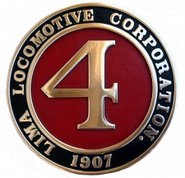Please come out to support California's newest county-run railroad. As residents and guests of El Dorado County, you have the opportunity to ride the train in 2012 and 2013. With your support, the El Dorado Western Railroad will continue to operate many years into the future.
The public is encouraged to support the county living history rail program. The railroad is giving train rides on the historic Southern Pacific Placerville Branch rail line, weather permitting, on Sundays from noon to 4 p.m.
We currently alternate between the El Dorado and Shingle Springs. The train operates from the El Dorado Station on the first, third and fifth Sundays of the month. The Shingle Springs Freight Shed will see the train on the second and fourth Sundays.
The suggested donation is $5 for adults and children nine and up. The donation for ages three to eight is $3.
Directions to El Dorado Station
To locate the train station in historic El Dorado, take Pleasant Valley Road (from the east or west) to Oriental Street. Turn north. Keep left at the Wye. Continue to the end of the road and left to the station.
Directions to Shingle Springs Freight Shed
The address is 4241 Mother Lode Dr, Shingle Springs, California, 95682. Take Highway 50 to the Ponderosa exit (Exit 37). Proceed east on Mother Lode Drive about one-half mile to the Shingle Springs train station. Watch for the caboose and diesel locomotive. The railroad tracks and station are on the south side of the freeway.
We’ll see you on the train!















